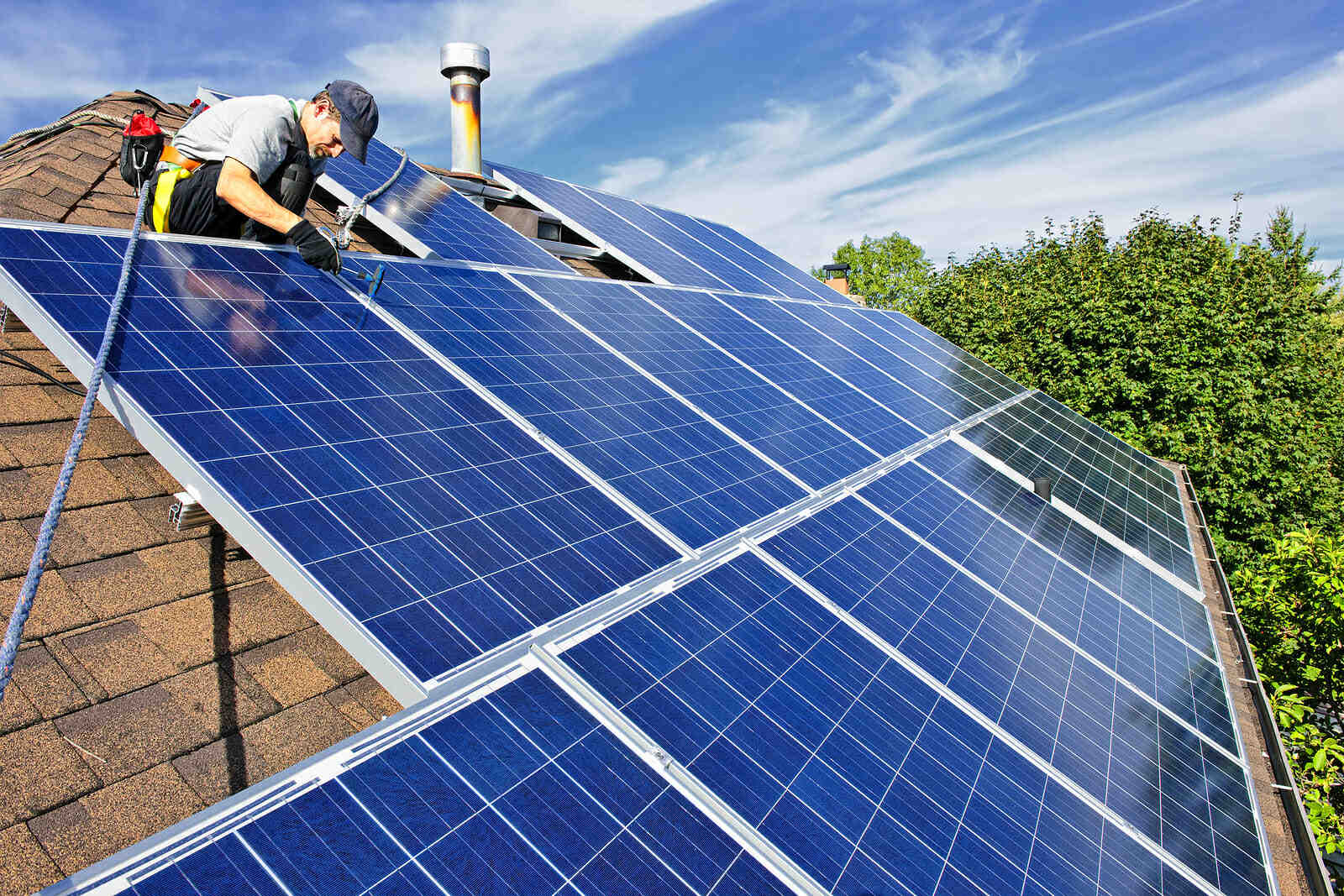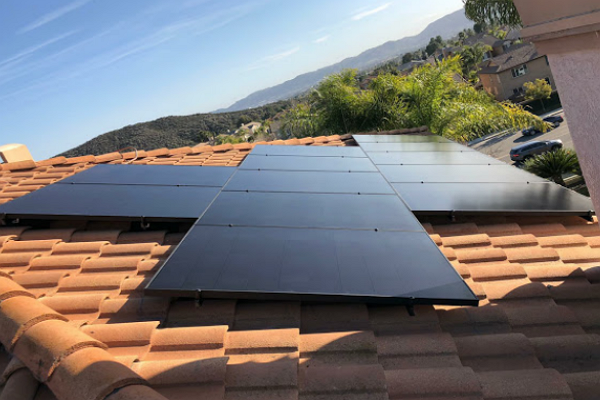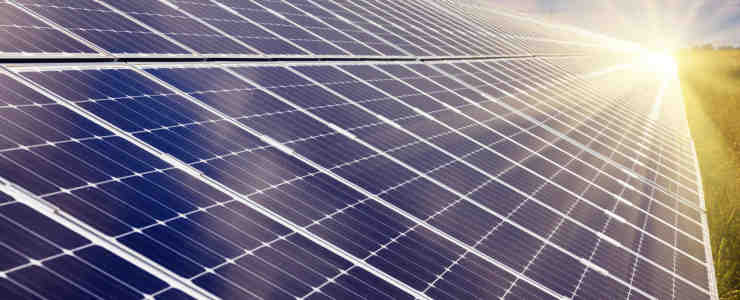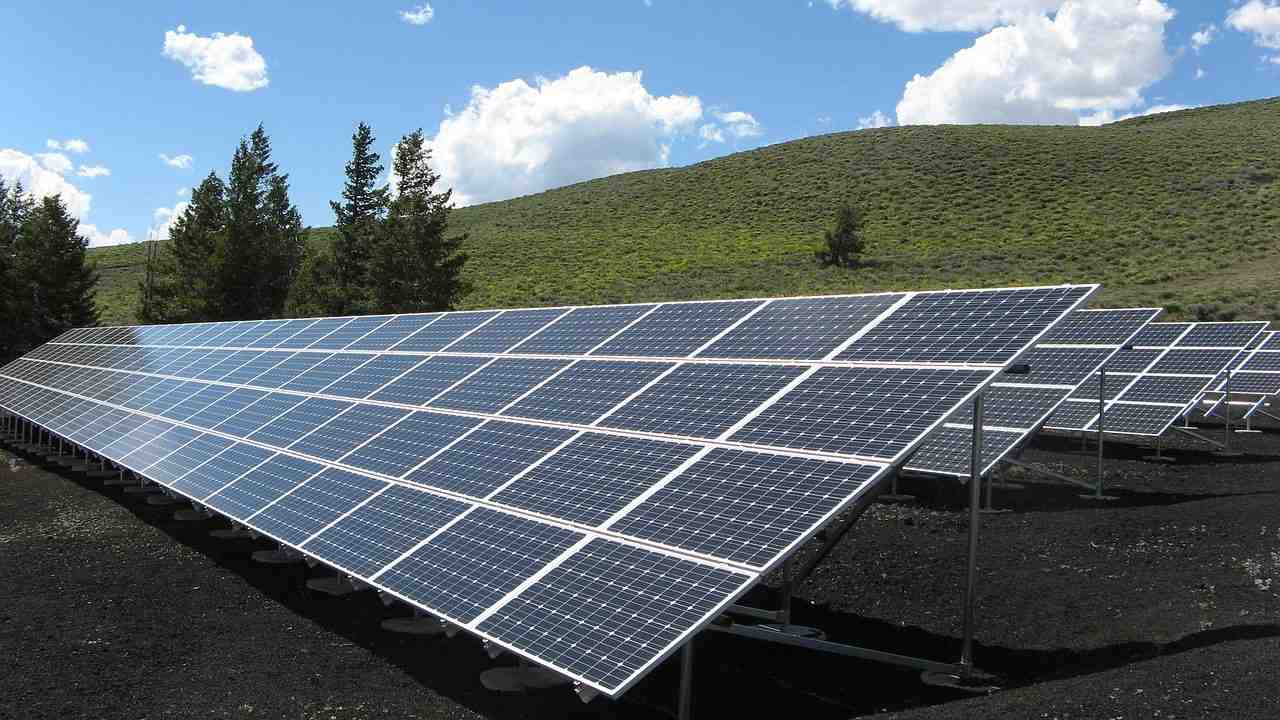Contents
Is sunlight solar a good company?

We are Southern California’s leading full-service solar power supplier, having installed thousands of solar systems throughout Southern California. We have a 5-star rating on Yelp and a rating with the Better Business Bureau.
Is the sun’s energy reliable?

Since the widespread adoption of solar energy, it has proven to be a reliable energy source compared to fossil fuels. Electricity generated by the sun offers consistent energy production with components that rarely fail and are backed by substantial warranties.
What are 3 disadvantages of wind energy?
Various disadvantages of wind energy
- The wind is inconsistent. …
- Wind turbines involve a high initial capital investment. …
- Wind turbines have a visual impact. …
- It can reduce the local bird population. …
- Wind turbines are prone to noise disturbances. …
- The installation can occupy a significant portion of land.
What are the disadvantages of solar cells?
8 DISADVANTAGES OF SOLAR PANELS
- High initial cost. …
- The size of the system depends on the available space. …
- It requires sunny weather to function at its best. …
- The production of solar panels can harm the environment. …
- Low energy conversion rate. …
- Cannot be used at night. …
- The solar panels are fixed in the installation position.
Why is my electric bill so high with solar panels?
2) You are simply using more electricity than before. Solar can offset the daytime energy consumption in your home, but if you simply increase your energy consumption in the belief that solar will offset everything, your bills will be higher than they previously were. 3) Your system is not working properly.
What is the best solar brand?

Key Takeaway. The top 5 solar panel brands (chosen by experts) are Panasonic, LG, Canadian Solar, Trina Solar, and SunPower. The most efficient solar panel currently available in the United States is SunPower’s A-series, which has an efficiency of 22.80%.
What’s the best solar inverter?
top 5 solar inverters – Residential
- Fronio. The unique snap design. …
- SolarEdge. New SolarEdge HD wave solar inverters without display – System monitoring via cloud app. …
- SMA. SMA Sunny Boy AV solar inverter. …
- Sungrow. …
- Huawei. …
- FIMER.
Will solar energy last forever?
But the solar panels that generate that energy don’t last forever. The industry standard lifespan is around 25-30 years, which means some panels installed at the start of the current boom won’t be long in retirement.
What are the 2 main disadvantages to solar energy?
Disadvantages of solar energy
- Solar does not work at night. …
- Solar panels are not attractive. …
- You cannot install a home solar system by yourself. …
- My roof is not suitable for solar. …
- Solar damages the environment. …
- Not all solar panels are of high quality.
What is the best sun exposure for solar panels?

What is the best direction for my solar panels? The traditional advice is to position the solar panels so that they are facing south. This is because, for those of us living in the Northern Hemisphere, the sun is always along the southern part of the sky as we complete our annual orbit around it.
What angle is best for solar?
In this case, for the solar panels to achieve the best performance, a steep angle of 60 ° is best. During the spring the best angle is 45 °, and during the summer when the sun is high in the sky, it is better to have a low inclination of 20 °!
What is the best roof angle for solar panels?
Ideally, a fixed, roof-mounted solar power system should have an angle equal to the latitude of the location where it is installed. However, lean angles between 30 and 45 degrees will work well in most situations.
How much solar can I put on my roof?
According to our calculations, if you used every square foot of roof space in the average US home, you could install about 97 solar panels on an average roof, resulting in about 31 kilowatts (kW) of solar panels on the roof.
Sources :


